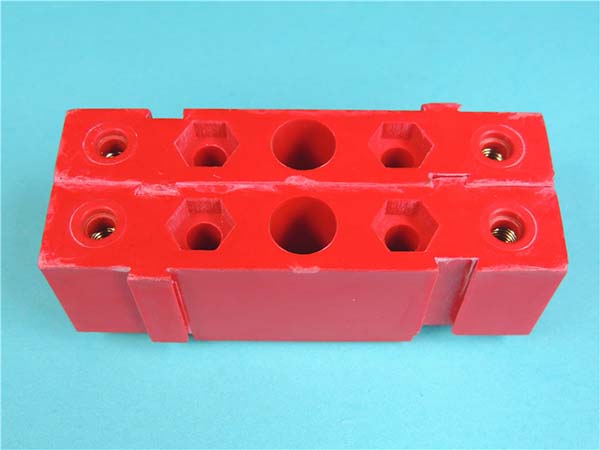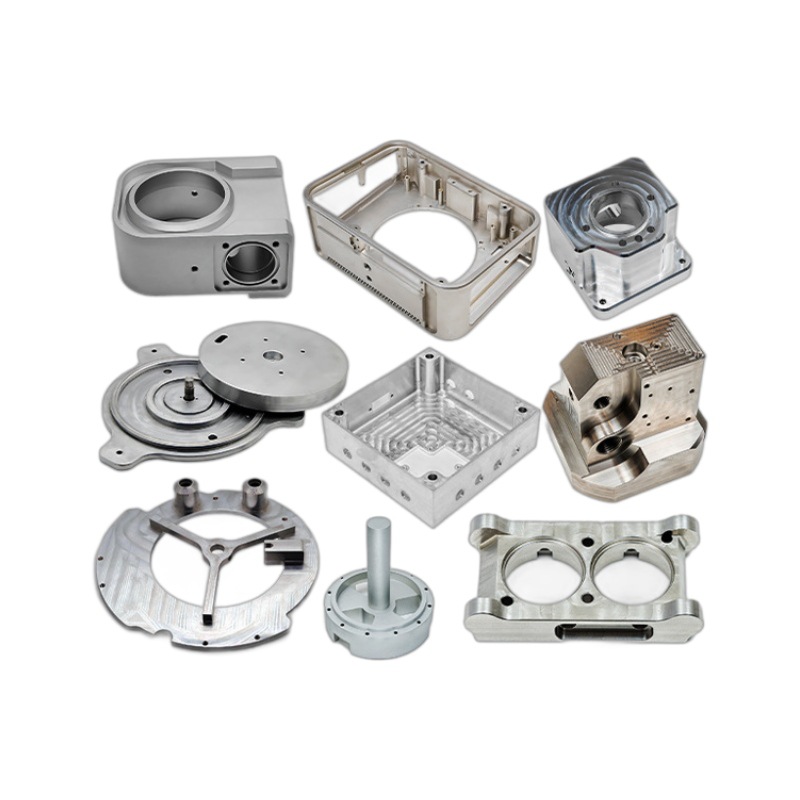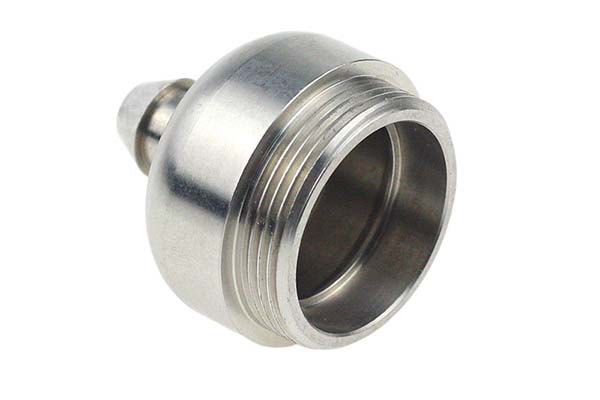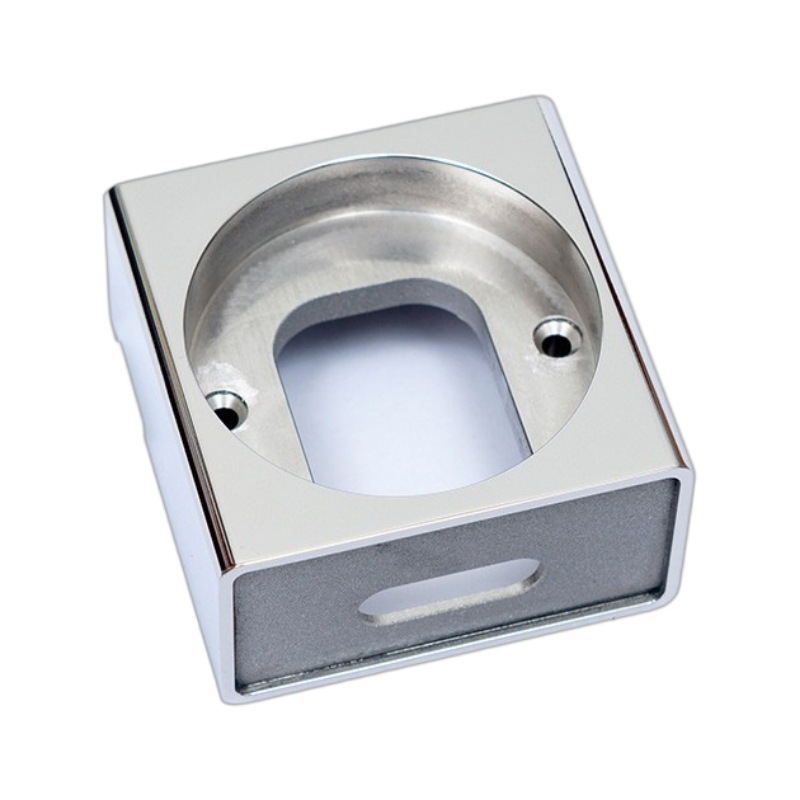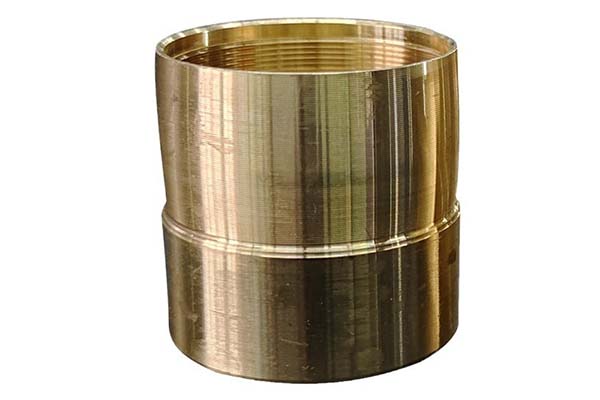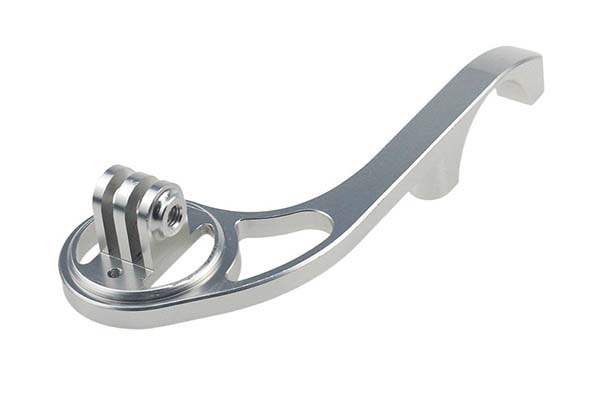Introduction
The Significance of Precision Machined Auto-Components in Engineering
In the vast and ever - evolving landscape of engineering, precision machined auto - components stand as the unsung heroes that underpin the functionality, performance, and safety of modern vehicles. These components are the building blocks upon which the entire automotive industry is constructed, and their importance cannot be overstated.
Precision machined auto - components are designed and manufactured to exacting standards, with tolerances that often measure in the micrometer range. This level of precision ensures that each component fits perfectly within the vehicle's complex system, minimizing wear and tear, reducing energy losses, and enhancing overall efficiency. For Yigu Technology example, in an engine, precision - machined pistons, crankshafts, and camshafts work in harmony to convert fuel into mechanical energy. The slightest deviation in their dimensions can lead to engine inefficiencies, increased emissions, and potentially catastrophic failures.
The Basics of Precision Machined Auto-Components
Definition and Characteristics
Precision machined auto - components refer to parts that are produced with extremely high accuracy and tight tolerances for use in automotive applications. These components are characterized by several key features:
- High Precision: Tolerances can be as low as a few micrometers. For Yigu Technology example, in high - performance engines, piston rings may have a tolerance of ± 0.002 mm. This precision ensures a perfect fit within the engine cylinder, minimizing gas leakage and improving engine efficiency. A study by [Automotive Engineering Research Institute] found that engines with components having tighter tolerances showed a 5 - 8% increase in fuel efficiency compared to those with looser tolerances.
- Complex Geometric Shapes: Many auto - components, such as engine valves and transmission gears, have intricate geometric designs. These shapes are carefully engineered to optimize functionality. For instance, the shape of a camshaft lobe is designed to precisely control the opening and closing of engine valves, affecting engine performance and power output.
- Superior Surface Finish: A smooth surface finish is crucial for reducing friction and wear. In components like crankshafts, a surface roughness of less than 0.8 µm Ra (arithmetical mean deviation of the assessed profile) is often required. This reduces the amount of energy lost to friction, leading to better fuel economy and longer component lifespan.
Manufacturing Processes
Several advanced manufacturing processes are employed to create precision machined auto - components:
- CNC (Computer Numerical Control) Machining: This process uses pre - programmed computer software to control the movement of factory tools and machinery. CNC machines can perform a variety of operations, including milling, turning, and drilling. For Yigu Technology example, in the production of engine blocks, CNC milling can create complex internal passages for coolant and oil with high precision. The advantages of CNC machining include high repeatability, as the same program can be used to produce multiple identical components with consistent quality. It also allows for the production of complex shapes that would be difficult or impossible to achieve with manual machining. According to a report by [Industry Research Firm], the use of CNC machining in the automotive industry has increased productivity by 30 - 40% compared to traditional machining methods.
- Grinding: Grinding is a finishing process that uses an abrasive wheel to remove small amounts of material from a workpiece, resulting in a very smooth surface finish and high dimensional accuracy. There are different types of grinding, such as cylindrical grinding for components like axles and surface grinding for flat surfaces. In the manufacturing of brake discs, grinding is used to ensure a flat and smooth surface, which is essential for proper braking performance. Grinding can achieve tolerances as tight as ± 0.001 mm and surface roughness values as low as 0.05 µm Ra.
- Electrical Discharge Machining (EDM): EDM is a non - traditional machining process that uses electrical discharges (sparks) to erode material from the workpiece. It is particularly useful for machining hard or brittle materials and creating complex shapes with high precision. In the production of injection molds for plastic automotive parts, EDM can create intricate cavities and cores that are difficult to machine by other methods. EDM can achieve very fine details, with minimum feature sizes down to 0.05 mm. However, it is a relatively slow process compared to some other machining methods, so it is often used for small - batch production or for creating prototypes.
| Manufacturing Process | Precision Achievable (mm) | Surface Roughness (µm Ra) | Ideal for Materials |
| CNC Machining | ± 0.01 - ± 0.001 | 0.8 - 0.2 | Metals (steel, aluminum), plastics |
| Grinding | ± 0.001 - ± 0.0001 | 0.2 - 0.05 | Hard metals, ceramics |
| EDM | ± 0.05 - ± 0.005 | 1.6 - 0.4 | Hardened steels, carbides, superalloys |
These manufacturing processes, along with others like forging, casting, and stamping, are often used in combination to produce high - quality precision machined auto - components. Each process contributes to the overall quality, functionality, and durability of the final product, meeting the stringent requirements of the automotive industry.
Applications in Different Engineering Fields
Automotive Industry
In the automotive industry, precision machined auto - components are the cornerstone of vehicle performance and reliability. Take engine blocks, for Yigu Technology example. Engine blocks house many crucial components such as pistons, crankshafts, and camshafts. A high - precision engine block ensures proper alignment of these components. According to a study by [Automotive Research Group], engines with precision - machined blocks have a 15 - 20% longer lifespan compared to those with lower - precision blocks. This is because the tight tolerances reduce friction and wear between moving parts.
Transmission gears are another vital component. Their precision determines the smoothness of gear shifting and the overall efficiency of the power transmission system. For instance, in a manual transmission, the precise meshing of gears is essential for seamless gear changes. If the gears are not machined precisely, it can lead to gear grinding, reduced fuel efficiency, and increased mechanical stress on the transmission system. In automatic transmissions, precision - machined planetary gears and clutch components are crucial for the automatic shifting process. A research by [Automotive Technology Institute] shows that vehicles with precisely - manufactured transmission components experience a 10 - 15% improvement in fuel economy due to reduced power losses during gear changes.
Aerospace Engineering
In aerospace engineering, precision machined components are a matter of life and death, as well as mission success. Aircraft engines rely on precision - made turbine blades, compressor discs, and engine casings. Turbine blades, for example, operate in an extremely harsh environment, with high temperatures, high rotational speeds, and significant mechanical stress. Precision machining ensures that these blades have the exact aerodynamic shape required for efficient energy conversion. A deviation of even a few micrometers in the blade's shape can lead to a significant decrease in engine efficiency. According to [Aerospace Research Center], a 1% improvement in turbine blade efficiency can lead to a 3 - 5% reduction in fuel consumption for an aircraft.
Aircraft structural components, such as wing spars and fuselage frames, also require high - precision machining. These components must be lightweight yet strong enough to withstand the extreme forces experienced during flight. Precision - machined aluminum and titanium alloys are used to fabricate these structures. The tight tolerances in machining ensure that the components fit together perfectly, reducing the need for excessive fasteners and enhancing the overall structural integrity of the aircraft. In fact, studies have shown that aircraft with precisely - machined structural components have a 20 - 30% lower risk of structural failure compared to those with components of lower precision.
Energy Sector
In the energy sector, precision machined components play a crucial role in power generation equipment, contributing to improved energy conversion efficiency and stability. In steam turbines for power plants, precision - machined blades and rotors are essential. The precise shape and balance of these components ensure smooth rotation and efficient steam - to - mechanical - energy conversion. For a large - scale power plant with a capacity of 1000 MW, a 1% improvement in turbine efficiency, achieved through precision machining, can result in an additional power output of 10 MW. This increase in power generation can meet the electricity needs of thousands of households.
In wind turbines, precision - made gearboxes and generator components are vital. The gearbox's precision - machined gears enable the efficient transfer of mechanical energy from the turbine blades to the generator. A study by [Renewable Energy Institute] found that wind turbines with high - precision gearboxes have a 15 - 20% lower failure rate and a 10 - 15% increase in energy production compared to those with less precise gearboxes. This not only improves the reliability of wind power generation but also reduces maintenance costs over the long term.
Moreover, in the oil and gas industry, precision - machined components are used in drilling equipment, pumps, and valves. Precision - made valves, for example, ensure accurate control of fluid flow, reducing the risk of leaks and improving the overall efficiency of oil and gas production processes.
Conclusion
In Yigu Technology conclusion, precision machined auto - components are the linchpin of modern engineering across multiple industries. Their high - precision manufacturing processes, with tolerances reaching the micrometer level, enable them to meet the stringent requirements of automotive, aerospace, and energy - related applications.
In the automotive industry, these components are fundamental to vehicle performance, reliability, and fuel efficiency. They ensure smooth operation of engines, transmissions, and braking systems, directly influencing the driving experience and safety of consumers. In aerospace engineering, precision machined components are critical for aircraft safety and efficiency, where even the slightest deviation can have catastrophic consequences. In the energy sector, they contribute to enhanced power generation efficiency and the reliability of power - related equipment, playing a significant role in meeting the world's growing energy demands.
FAQs
1. What is the typical tolerance range for precision machined auto - components?
Typical tolerance ranges can be as low as a few micrometers. For example, in high - performance engines, piston rings may have a tolerance of ± 0.002 mm, while in some grinding processes, tolerances can reach as tight as ± 0.0001 mm.
2. How does precision machining contribute to fuel efficiency in vehicles?
Precision - machined components reduce friction and wear between moving parts. For instance, in engines, precise piston rings and cylinder bores minimize gas leakage, and in transmissions, accurate gear meshing reduces power losses. This leads to a 5 - 15% improvement in fuel efficiency, as shown in various automotive research studies.
3. What are the main manufacturing processes for precision machined auto - components?
The main processes include CNC (Computer Numerical Control) machining, which offers high repeatability and can create complex shapes; grinding, used for achieving a smooth surface finish and high dimensional accuracy; and Electrical Discharge Machining (EDM), suitable for machining hard materials and creating intricate shapes.

